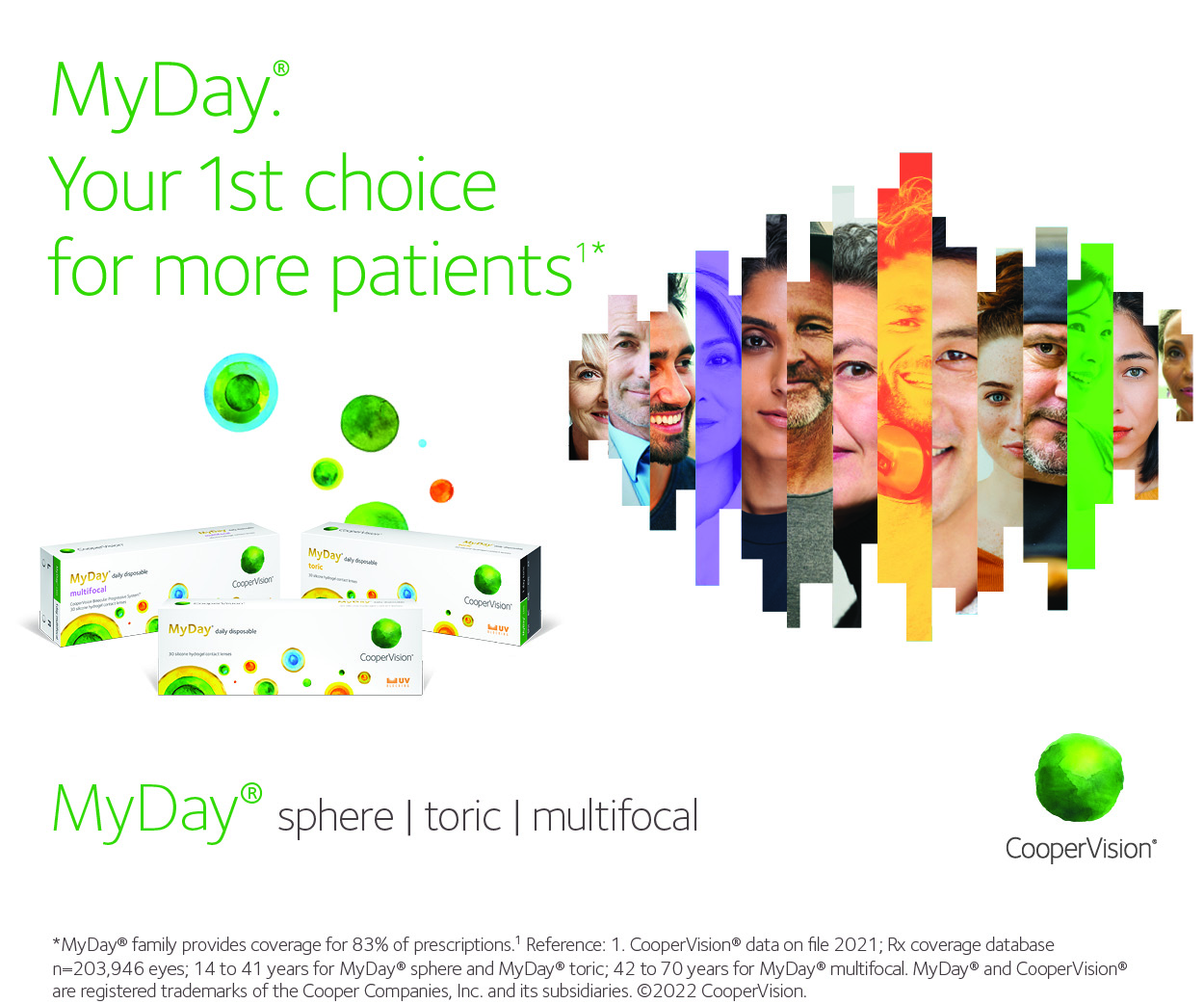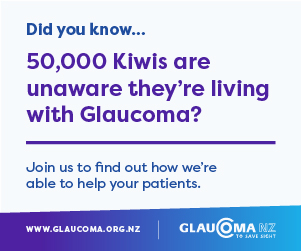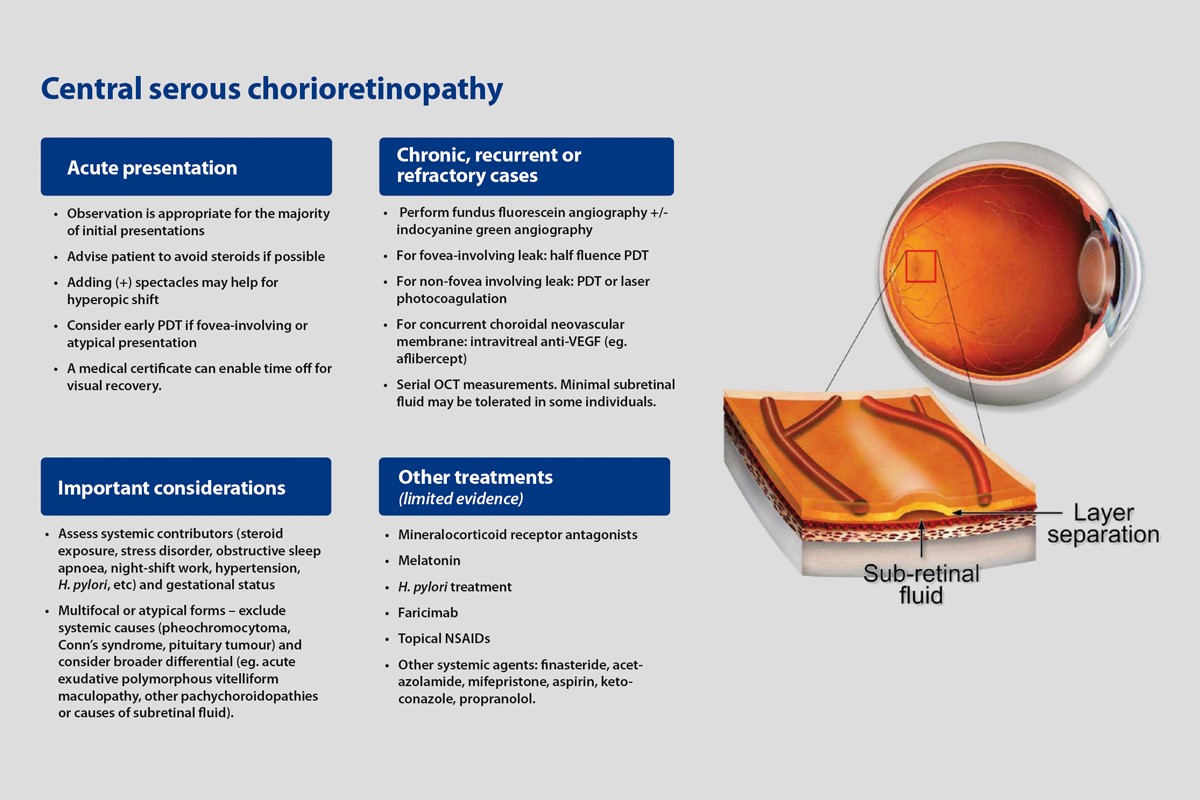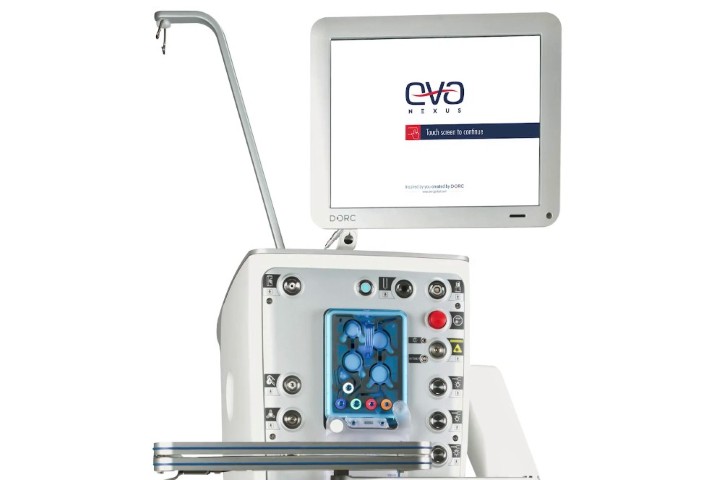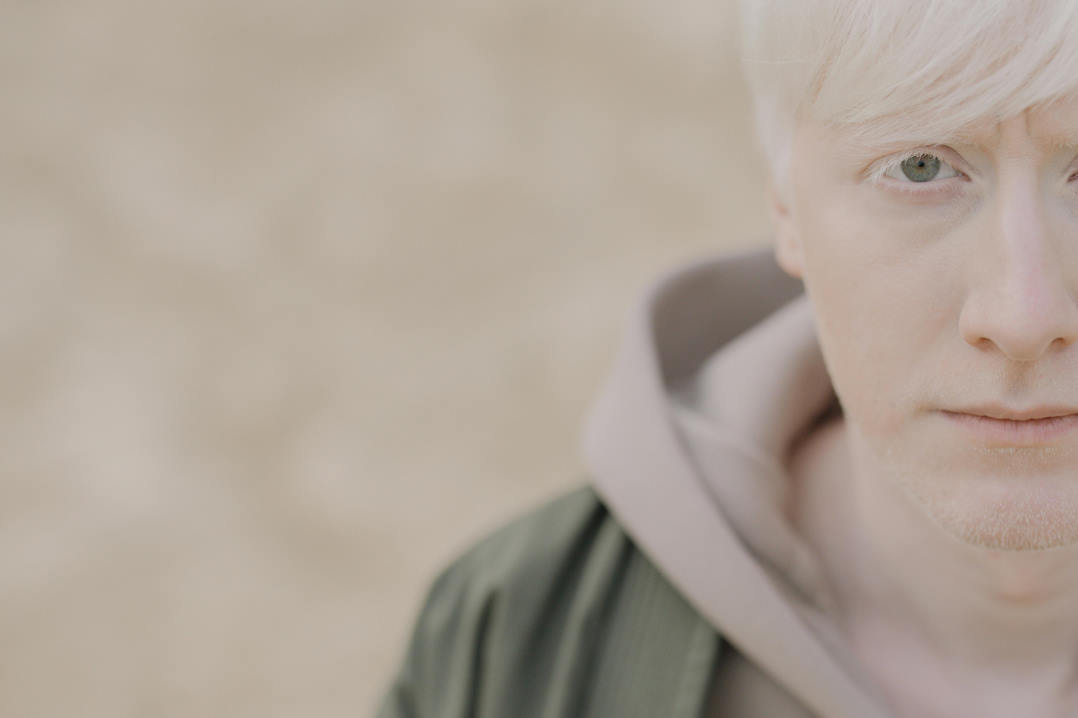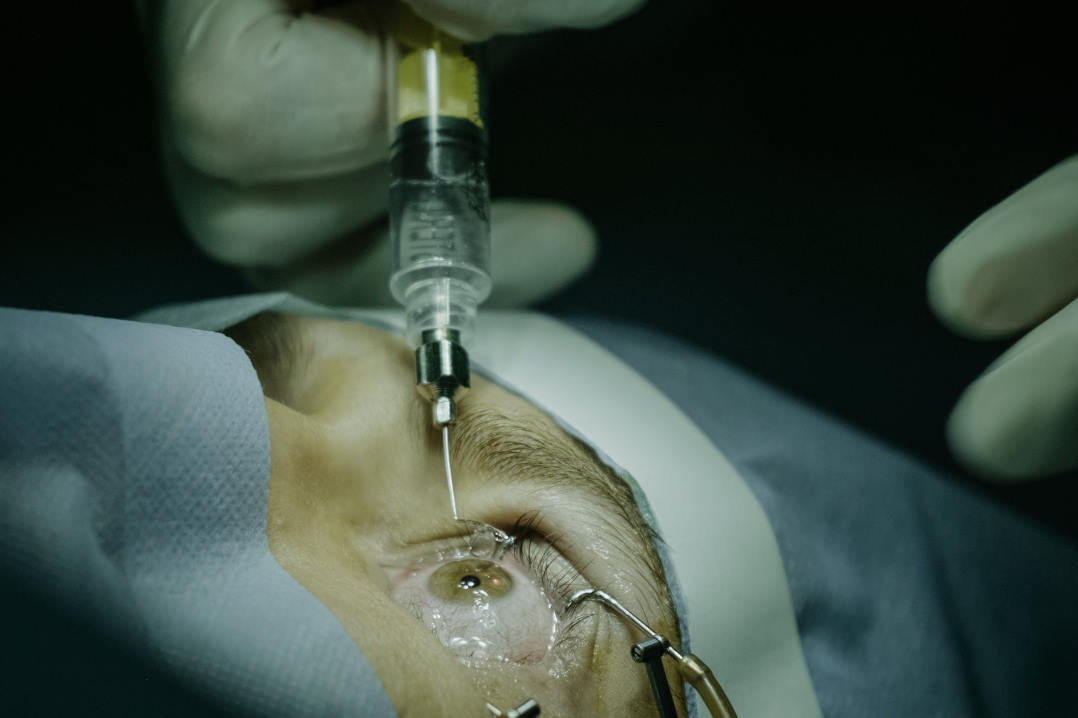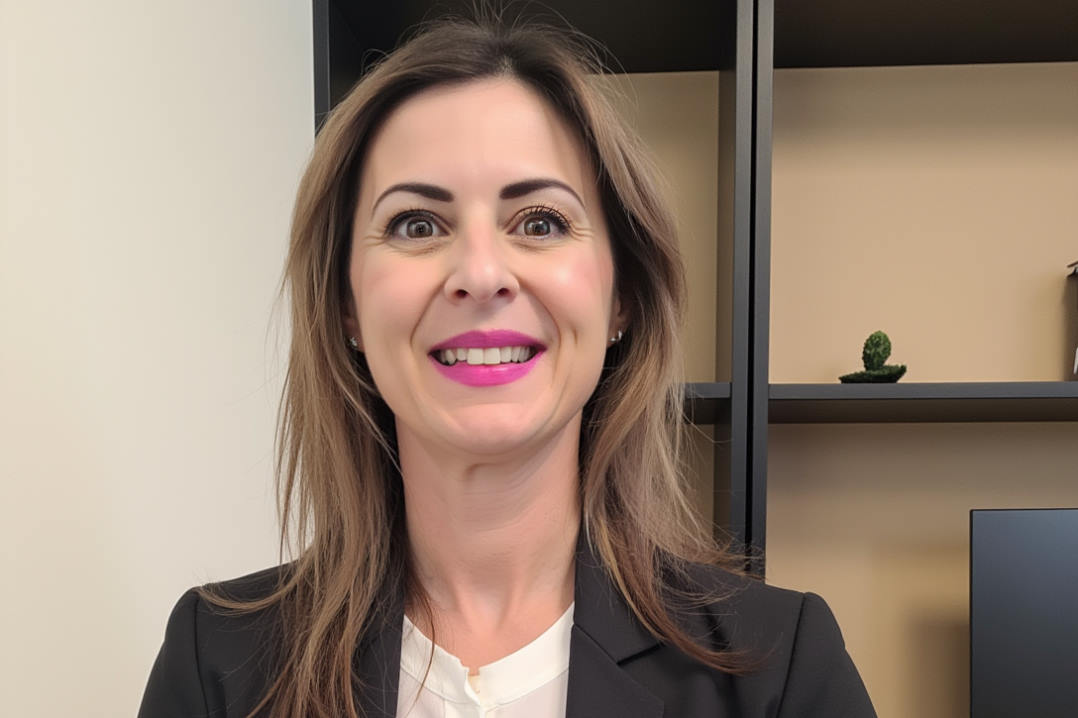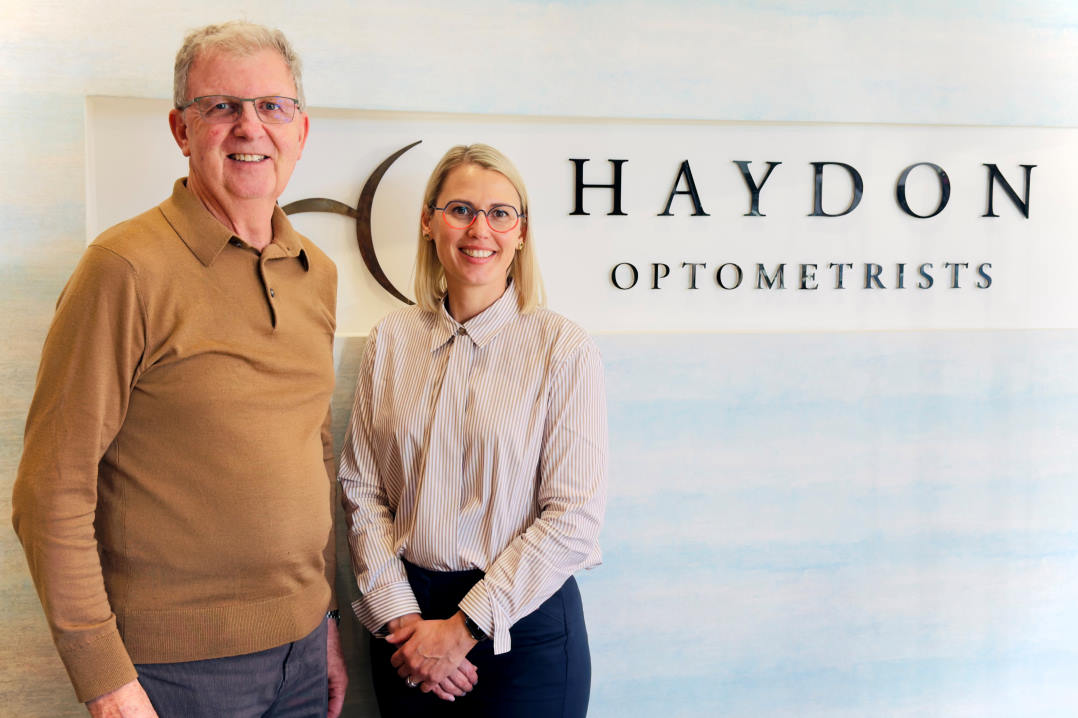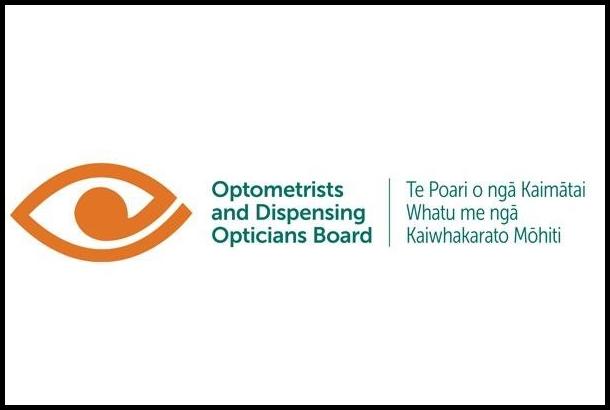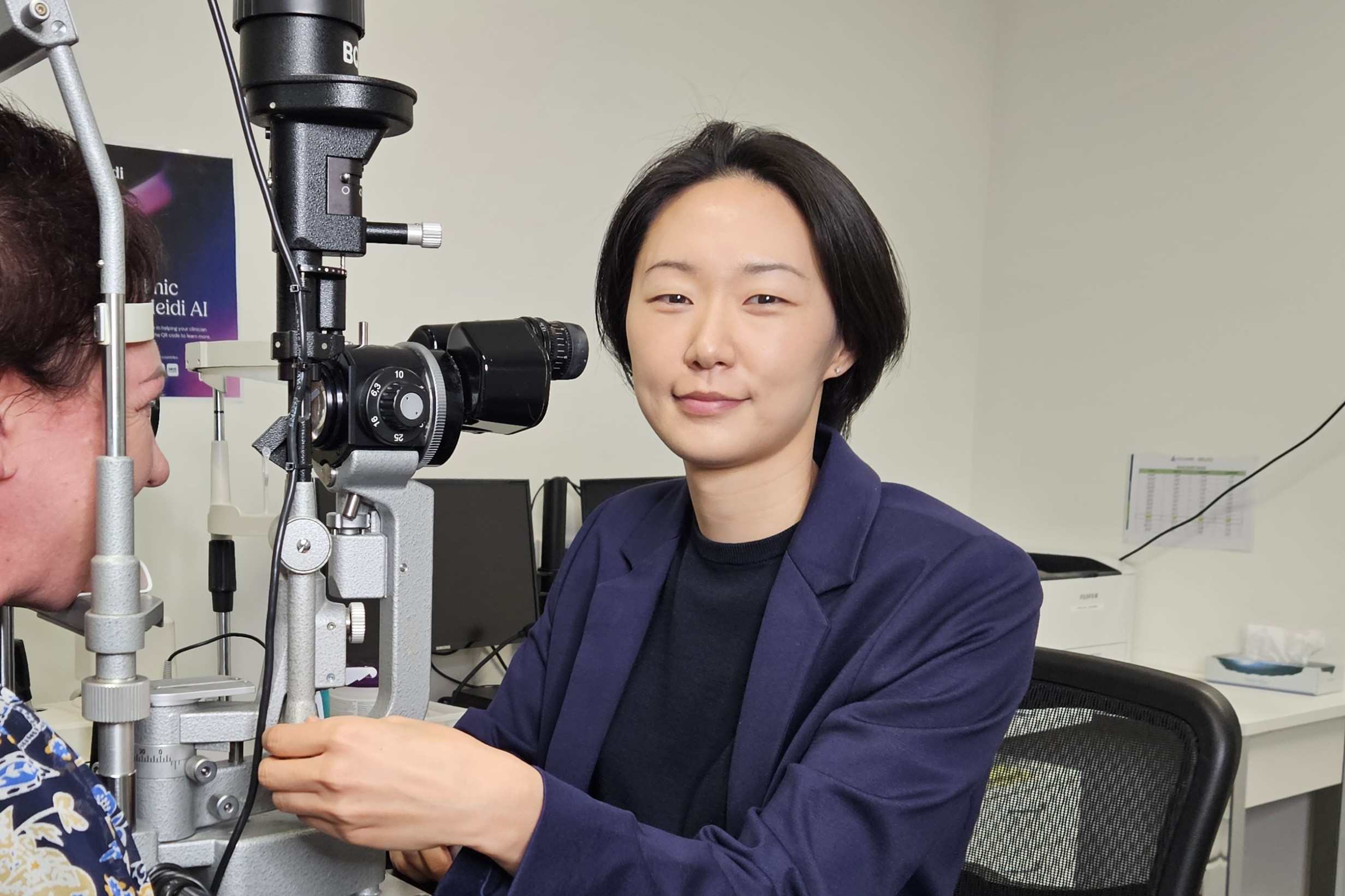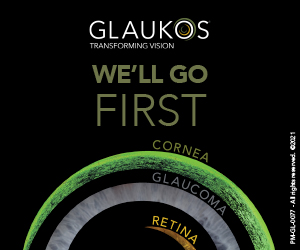A treatment approach to central serous chorioretinopathy
Central serous chorioretinopathy (CSCR) is a commonly encountered chorioretinal disorder affecting working-age adults, the majority of whom (especially in acute presentations) achieve spontaneous resolution of subretinal fluid and visual improvement within three to six months1.
However, a subset of CSCR evolves into chronic or recurrent disease – marked by persistent subretinal-fluid beyond three to four months, recurrent episodes, or anatomical changes associated with foveal atrophy and retinal pigment epithelium damage – that can lead to permanent vision loss2.
Attention to this cohort is critical, as evidence suggests specific therapeutic modalities – such as half-dose photodynamic therapy (PDT), subthreshold micropulse laser, mineralocorticoid receptor antagonists, anti-VEGF agents and targeted risk-factor modulation, such as corticosteroid cessation and stress reduction – can provide faster anatomical resolution and, in certain cases, earlier functional improvement1,2.
Our infographic above outlines a practical management approach and clinical contexts in which intervention may facilitate improved outcomes.
References

Dr Hanna Katovich is an ophthalmology registrar at Waikato Hospital in Hamilton.

Dr Eugene Michael is a medical and surgical retina fellow at the University of Alberta, Canada. He completed his medical school and ophthalmology vocational training in Auckland.





